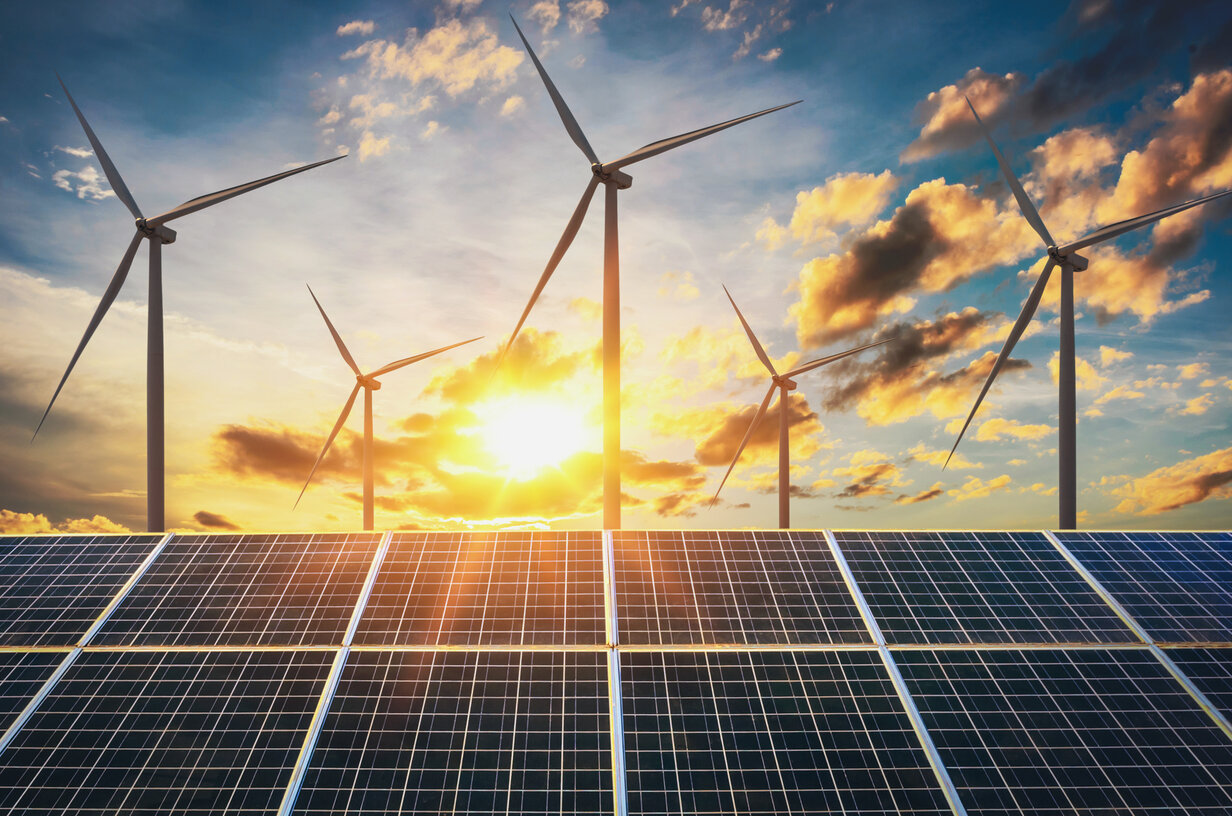Share This
Related Posts
Tags
Energy Buzz
By Joel Nelson on Sep 20, 2023 in Energy
Here’s the latest of our periodic reports on projects undertaken by businesses and academic institutions that are sponsored by the Advanced Research Projects Agency-Energy (ARPA-E), the U.S Department of Energy’s R&D arm.

Domestic energy production projects
In August, the DOE announced funding for 18 ARPA-E projects designed to establish potential new areas of technology development and information that could bolster domestic energy production, cut consumption and reduce greenhouse gas emissions.
The funding recipients include:
- WH-Power of College Park, Md., which will develop a zinc battery – inherently safer and less expensive than existing batteries – that can operate at both high and low temperatures in residential and grid-scale energy storage applications.
- C-Crete Technologies of San Leandro, Calif., which will create new insulation for large power transformers that could save the U.S. economy tens of billions of dollars annually by reducing the number of power outages associated with transformer failures.
- The University of Notre Dame, which will design a low-cost power transistor for devices used in electric vehicles, industrial power control and more. The proposed design could lead to possible energy savings of one quadrillion British Thermal Units per year, about 1% of annual energy consumption in the U.S.
- Perseus Materials of Knoxville, Tenn., which will develop new composite wind turbine blade manufacturing modes that could reduce labor costs, cycle times and factory footprints at the same output levels.
Clean energy and data centers
Another round of funding announced in June earmarked $100 million to support the commercialization of clean energy technologies.
In May, 15 projects received $40 million from ARPA-E to develop high-performance, energy efficient cooling solutions for data centers that house computers, storage systems and computing infrastructure. Data centers account for approximately 2% of total U.S. electricity consumption while data center cooling can account for up to 40% of data center energy usage overall.
Buildings as carbon storage systems
One ARPA-E project category is Harnessing Emissions into Structures Taking Inputs from the Atmosphere (HESTIA), which involves developing technologies that transform buildings into net carbon storage structures. Projects carried out under HESTIA include:
- C3, a cellulose cement composite that Oregon State University is developing for use in residential and light commercial construction as an alternative to dimensional lumber and sheet products. The team will create C3 from small-diameter logs and branches that are unsuitable for lumber production, removing potential wildfire sources from forests. Along with serving as a sink of CO2 from the atmosphere, C3 resists rot, fungal growth and fire while providing highly effective insulation.
- A new type of air conditioner driven by a new vapor compression (VC) technique that uses no synthetic refrigerants. The solution by Zephyr Innovations Inc. of Somerville, Mass., will double the dehumidification and cooling efficiency available from today’s most efficient VC systems.
- Thermal insulation created by Aspen Products Group Inc. of Marlborough, Mass., will feature high thermal resistance, low flammability and low moisture absorption. Aspen’s approach will enable a substantial amount of atmospheric CO2 to be incorporated into the insulation microstructure, reducing greenhouse gas emissions with reduced heat transfers through the building envelope’s lifetime.
- An innovative design process and modular building system for constructing single-family homes created by a team led by Washington State University will be carbon-negative cradle-to-grave. The team will use biogenic materials created through a process that generates zero operational carbon, and the homes will be designed to be easily disassembled and reassembled. The homes’ major components will remain in use for three times longer time than the expected 50-year lifespan of a conventionally constructed single-family dwelling, compounding the design’s carbon sequestration benefits.
Read more about ARPA-E projects and results, and stay tuned for more updates here. See how Yardi software solutions help residential and commercial real estate portfolios improve energy efficiency and meet ENERGY STAR® requirements.
